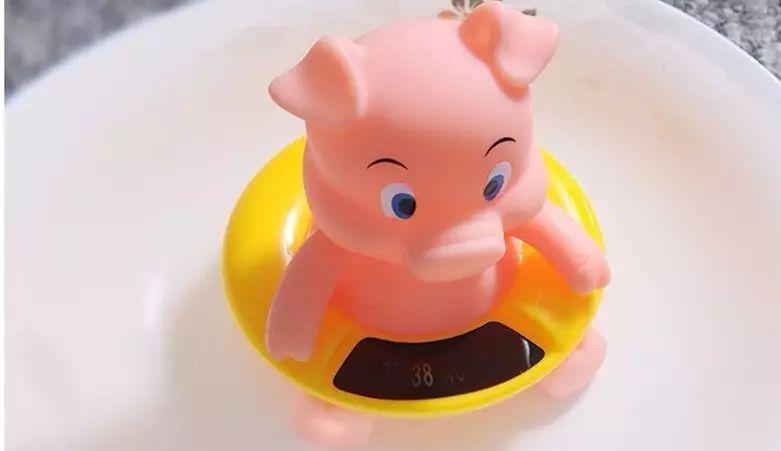
Look at how a dead pig turns to bone at the bottom of the sea-yes, this is scientific research!
The picture is not the right version, um.
the scope of the scientific research institute is so wide that researchers have made more strange attempts to uncover the truth than many people can imagine. After watching chemists obsessed with ancient Egyptian civilization recreate contemporary mummies, it doesn't seem very shocking to watch dead pigs quietly decompose underwater and be eaten by various creatures.
this study has left the video material of the whole process, and in case you are not psychologically ready, we will save it for later appreciation. Let's take a look at a schematic diagram of the experiment:
the crux of the question is, why do you do this? Understanding the fate of corpses in different environments is an important issue in forensic anthropology. This is also an important help in solving cases. For example, you may have heard that forensic doctor's judge the time of death by the insects that occupy the victim's body, and if this judgment is to be more accurate, some experiments will have to be done.
before that, there have been some proving grounds dedicated to observing the changes of corpses under different conditions, which are called "corpse farms" (body farm). Here, researchers observe how the donor's body decomposes. Thanks to cadaver Farm, which was born in the 1970s, people have learned a lot about the degradation of corpses on land. The problem, however, is that there is a lack of underwater data. Most of these experiments are carried out on land, but there are a lot of people who are dead underwater. They either die in accidents, commit suicide, or are murdered and dumped, and people always need to analyze their conditions. As a result, the underwater cadaver experiment was carried out in this way.
It is uniquely beneficial for you to fulfill your fashion needs for country bridesmaid dresses through our online store. Pick the best design for you; country bridesmaid dresses is bringing uniqueness in your wardrobe.
in 2000, researcher Gail Anderson first began her underwater cadaver experiment. She arranged for the diver to put the pig's body under the water and record what happened next. Through experiments, the researchers analyzed the differences between corpses in fresh water and seawater, as well as the effects of factors such as oxygen content.
next, let's take a look at what the underwater dead pig looks like. The video is from an experiment conducted in the Strait of Georgia in 2012:
the dead pig was placed in a cage, while its control group was directly exposed underwater. The purpose of the cage is to eliminate the influence of sharks. The big ones can't get close, so a lot of small animals come up.
so, why a pig? In the end, what people want to know is the data on human corpses, but dead pigs are also a good alternative in experiments. Their body size is comparable to that of human beings, their body surface is also not hairy, and their intestinal flora is similar to human beings, which can provide a lot of references. Now, this series of studies are continuing, and the researchers want to test more conditions, such as tropical waters and the deep sea.